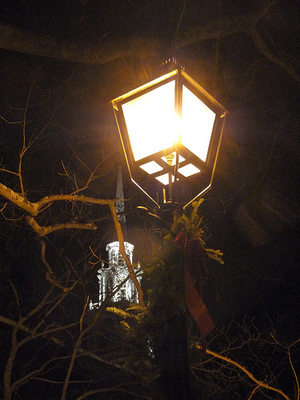The great value in having Danel & Maria with us in Los Angeles, is that we finally had a very professional teaching couple, highly experienced, that was able to steer us in the right direction. Danel & Maria were among the very few who were able to conduct a class, count things out, and get people dancing. They were excellent at teaching men (quite a feat with this dance), and the men they trained are among the best leaders and most sought-after partners in New York. They just had so much more experience compared to anyone else.
To this day, Danel & Maria deserve a lot of credit for guiding us and steering us in the right direction during those early years in Los Angeles. I was able to arrange for them to return to LA several times a year between 1988 and 1996 on teaching tours. They also taught extensively in San Francisco. They remain to this day the most experienced of all instructors, and the ones with whom many of us still consult.
Argentine Tango in LA and the show “Tango Argentino”
You should know that tango already existed in Los Angeles within the Argentine community, well before the advent of the show "Tango Argentino." But it was limited to events held within the Argentine community (immigrants from Argentina who lived in Southern California). There was a "Club Argentino" and also the Asociación Argentina (Argentine Association). There was an Argentine Club in Orange County also. The Asociación in those years was located at the present Burbank Hall of Realtors, where many years later Mark Celaya & Joan Yarfitz would hold their milongas; the Asociación would later move to their present location on Glen Oaks Boulevard. In those years, these organizations, together with some small Argentine restaurants, would host various tango musicians, dancers, vocalists, folklore musicians & dancers. Both the Club and the Asociación would have milongas. But all this was pretty much unknown to the general North American community.







